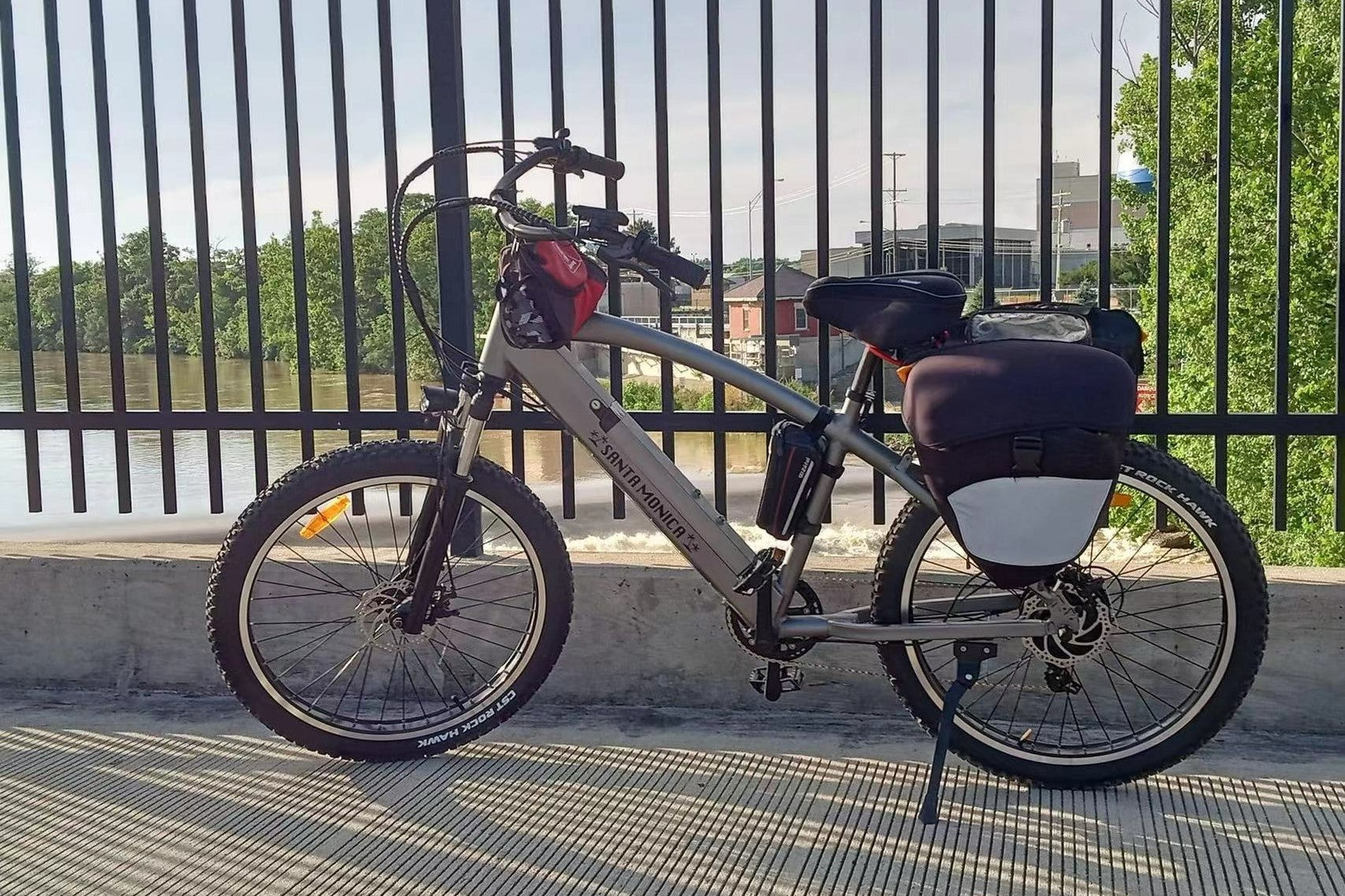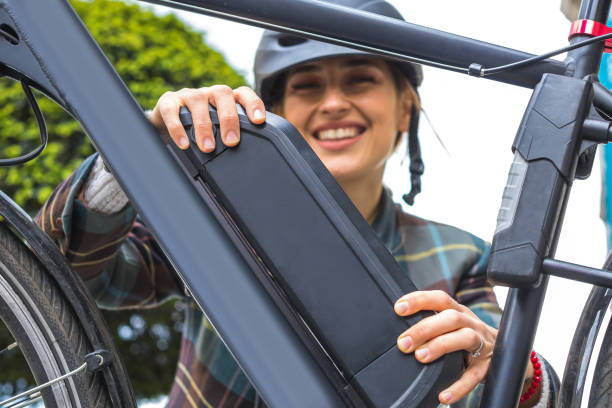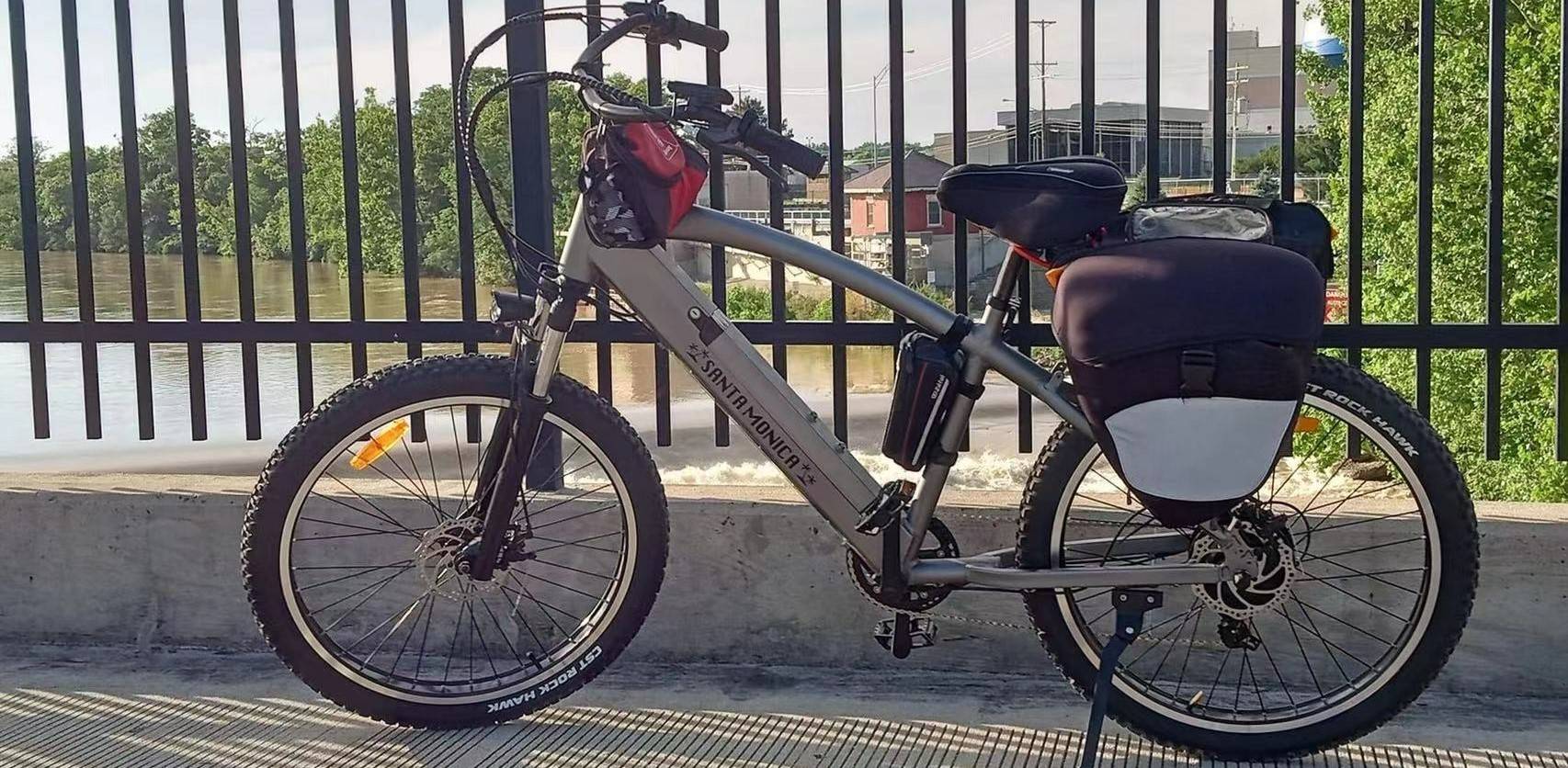
Is Cycling Bad for You Knees?
Cycling is one of the best exercises for you to keep your knees in good health. It is also an enjoyable exercise that can be done almost anywhere. However, cycling can be beneficial or detrimental to your knee health depending on various factors. Cycling, despite being low-impact, requires a lot of repetitive action and positions that might damage your knees if you're not careful. Like any sport, you risk injuring yourself if you don't take the necessary safety measures. In this article, we explain some types of knee pains, possible causes, some pros and cons of cycling for your knees, as well as measures that can prevent harm to your knees.
Get $50 off your first order
Sign up for special offers and updates
Types of Knee Pains and Common Causes
Anterior Knee Pain
The front side of the knees can experience anterior knee pain. It’s a type of joint knee pain caused by tightness in the quadriceps or a pull on the patella from the iliotibial band, a band of muscle that runs down the outside of the thigh. The patella, sometimes called the kneecap, is crucial for smoothly sliding across the knee joints. Therefore, when the patellar tendon stacks or starts stacking to click, you start having issues.
And how do you develop anterior knee pain? Poor bike position is the most common reason for anterior knee pain while cycling. Typically, this occurs when you are riding a bike with the saddle in its exact position. If you raise the saddle of your bike to a height that causes your knees to bend at an angle of around 45 degrees, you'll reduce your risk of knee pain. This is the ideal knee bend angle that would provide you with a smooth ride while reducing knee pain. By keeping the cadence at 60 revolutions per minute, you can further reduce the thigh muscle stains. You can use Kinesio tape to return your patella to its original position to treat anterior aches.
Posterior Knee Pain
Posterior knee pain, also referred to as tendon pains, impacts the back of the knees. The most common cause of posterior pains is an overextension of your hamstring when you ride. You will typically overextend your hamstring when trying to cycle too quickly to accomplish a pedal rotation of 60rpm. This form of knee pain is likely to occur if the saddle of your bicycle is lifted too high. You can alleviate tendon pain by lowering your bike's saddle to the optimum position, which bends your knees at an angle of roughly 45 degrees when pedaling. This will prevent your thigh muscles from becoming overstretched and causing pain.
If you have posterior knee pain, you can stretch your knee with a combination of form rolling. In addition, if you take your heel off the pedal and let it dangle for about 10 seconds, you'll get a great hamstring and calves stretch. A physiotherapist or pain management medicines may be necessary if the discomfort persists.
Medial and Lateral Knee Pain
Medial pain affects the inner knee, while lateral pain impacts the outer part of the knee. When cycling, these two kinds of pain are interchangeable depending on the angle at which pedal force is exerted. If your bike's gears are improperly shifted, you will strain your guard, causing those pains.
Altering the angle of your bike's cleats helps alleviate medial and lateral soreness. This will help ensure that the pressure applied while pedaling is applied directly to the ball of the foot. However, after the pain has set in, exercise can help you improve your core muscles. One leg touches, bridge ball swiss, leg stretches, and lunges are all examples of such exercises. Using your abs and glutes will also help avoid overworking your legs' muscles. You can ask a physiotherapist for assistance if there is no good outlook.

Possible Causes of Knee Pain While Cycling
Riding Too Much Too Soon
When you ride your bike too hard and too fast, you are overriding it. Putting too much force into the rotation of the cadence will force you to ride the bike too quickly, which can harm your knees.
Cyclists are particularly vulnerable to this issue when traveling on undulating or otherwise unsuitable road surfaces. Set out at a speed that is comfortable for you and works up to your target rate gradually to avoid this issue. Additionally, if your road bike has a good suspension system, you can think about the trails on that bike.
Riding At a Low Cadence
A low cadence requires a limited number of pedal strokes per minute. You must exert force on the pedals to turn them. The knees are used as a point of contact for this force. As a result, each time you rotate the pedal while riding at a low cadence, your knee will be put under a lot of strain. Do keep in mind that the pressure placed on the knee will worsen if you continue to ride at a low cadence for an extended period of time.
Poor Bike Fit
You will strain and injure your limbs and knees if you ride a bike that is too big or too small for you. That’s why finding the appropriate bike gear for you may be the right course of action. A poor bike fit could also include the bike’s cleats; the bike's cleats might be too big or too small for you. These are a few things that will make it more difficult for you to control the saddle when biking. Your knees may experience various types of pain as a result of biking.
Poor Riding Position
Another common reason people complain of knee pain while riding is bad posture. If you don't learn to rein in your bad riding posture, you could have more serious muscular injuries and pain. Always keep a proper riding position while having fun on your ride to prevent these injuries.
Sudden Changes in Your Cycling Habits
Changing your cycling routine may cause knee pain. This is a typical issue, especially for novice cyclists. Among these adjustments is increasing the time and/or speed at which you pedal, which might lead to exhaustion. When the muscles cannot adapt to these changes, the result can be joint pains or even inflammation.
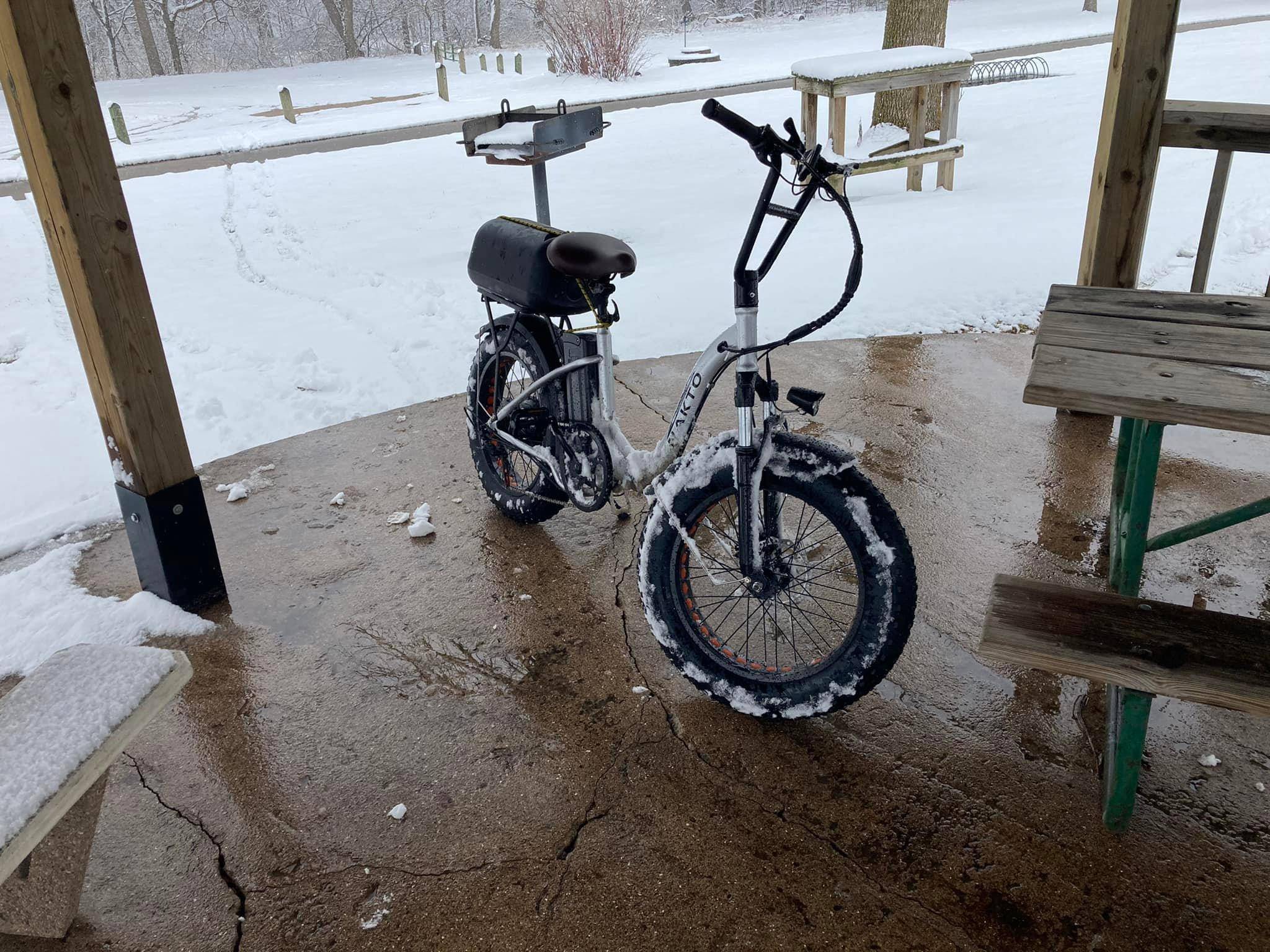
Why Cycling Is Good for Your Joints
Cycling is good for many reasons. The first and most obvious benefit is reduced stress on the body's joints. Cycling is a low-impact workout. As a result, cycling reduces the impact stress on weight-bearing joints like the hips, feet, and knees. The movement's lubricating effects also lessen joint stiffness and pain. Other benefits of cycling include:
Weight Control
Extra weight strains your joints, especially your knees, and can make inflammatory arthritis symptoms worse. Cycling can help you control your weight.
Adjustable Intensity
You can do a wide variety of cycling workouts, each with its own benefits. Slower riders might reduce the strain on their legs by occasionally coasting or shifting to a lower gear. Low-intensity cycling is just as helpful as high-intensity cycling in enhancing function and gait, lowering pain, and increasing aerobic fitness in adults with knee osteoarthritis.
Muscle Strengthening
The moderate pedal resistance on a bike is ideal for increasing hip and knee range of motion and quadriceps strength. You'll get some hamstring (back of the thigh) and glute (buttocks) exercise when you pedal. Having robust muscles aids in the protection and support of your joints.
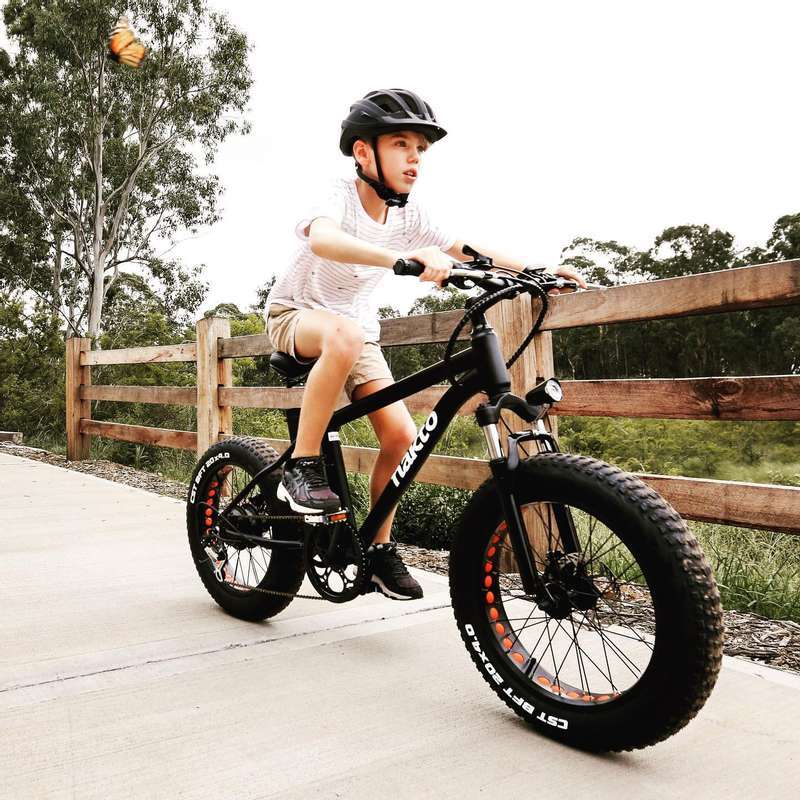
Tips About Protecting Your Knees When Cycling
It's wise to consult your doctor first if you're new to exercising. Work within the confines of your joints' present capabilities. Your physician or a physical therapist may advise you on whether cycling is safe for you and how to include it in an exercise regimen that will benefit you the best without worsening your joint pain. For even more advice on how to preserve your joints, read on.
Move Gently
Never rush. Begin by slowly and gently moving your joints to get them warmed up. Before moving on to cardiovascular exercise, you may warm up your muscles and joints with a 5-10 minutes session of range-of-motion work.
Strengthen Leg Muscles
The repetitive cycling motion might result in knee pain and other issues if leg muscles aren’t strong. Strength training is therefore essential for preventing or minimizing knee pain during cycling. While strengthening your body's muscles is beneficial, integrating a variety of leg exercises into your fitness routine can improve the leg muscles that stabilize and support your knees.
Use Proper Gear
While the right bike is crucial, the other gear you'll need for cycling is just as important. You should wear shoes and clothes that won't slow you down by reducing your aerodynamic efficiency. Even though you can bike in any shoe, you might prefer a shoe made specifically for cycling if you do it frequently to treat knee pain.
Some things to keep an eye out for are:
●Stiff soles
●Cleats (2 or 3)
●Arch support
●Minimal tread – these shows aren’t suitable for walking
You may choose cycling shoes with various closure methods to find the one that best suits your feet. You can choose from dials, laces, straps, and buckles.
Additionally, wearing bike-specific apparel such as tights for men and women might improve your ride quality.
Most cycling apparel is form-fitting to improve aerodynamics, and you should search for clothes with a reflective patch to increase your visibility when riding at night. In addition to the other pieces of equipment, the helmet is crucial. Wearing a bike helmet, eye protection (even if it's just a simple pair of sunglasses), and brightly colored clothes is a must whenever you take your bike out into public spaces.
Consider purchasing a pair of bike gloves to shield your hands from the bike's vibrations and potential injuries in the event of a fall. Before you leave, plan your route. You can avoid traffic by riding on designated bike trails.
Outdoor vs. Indoor Cycling
If you're battling knee pain, you might find that riding a stationary bike indoors gives you greater control over how long and hard you work out. There won't be any need to worry about navigating walkways, stumbling into obstacles, or stopping and starting at street corners. Outdoor riding certainly provides some beautiful views and variety to your daily routine. Mixing your fitness routine with a few errands is another advantage of outdoor cycling.
However, when you ride a stationary bike indoors, you're the one in command. There's no need to save energy for the entire ride home because you can change the difficulty level anytime. You can ride regardless of the season or weather, which may make it more effective as a means of establishing a regimen that helps lessen knee pain and its accompanying symptoms.
Start With a Short Ride
Start off with low resistance for 5-10 minutes. Take it simple at the start, and as you get in shape, you can ramp up the distance and difficulty of your rides. Gradually increase your weekly aerobic activity time to 150 minutes (or 30 minutes, 5 times a week). To help your joints, you can break it up into 10-minute chunks. Also, to evaluate if you are exercising at a moderate intensity, see if you can hold a conversation while exercising, despite your elevated breathing rate. Stop if anything hurts.
When your muscles and joints start to hurt, stop and rest; when climbing hills, shift gears to reduce the force against you. Rapid variations in intensity can add pressure to the patellofemoral joint, leading to increased knee inflammation. If you miscalculated a hill's difficulty, "don't be embarrassed" about walking your bike up it. As soon as you get any kind of joint pain, you should stop. Find out from your doctor what kind of pain is typical and what kind could be an indication of anything more serious.
Stretch Every Day
You should continue to be active even if your pain flares up. Simple stretches could help to lessen some of the pain.
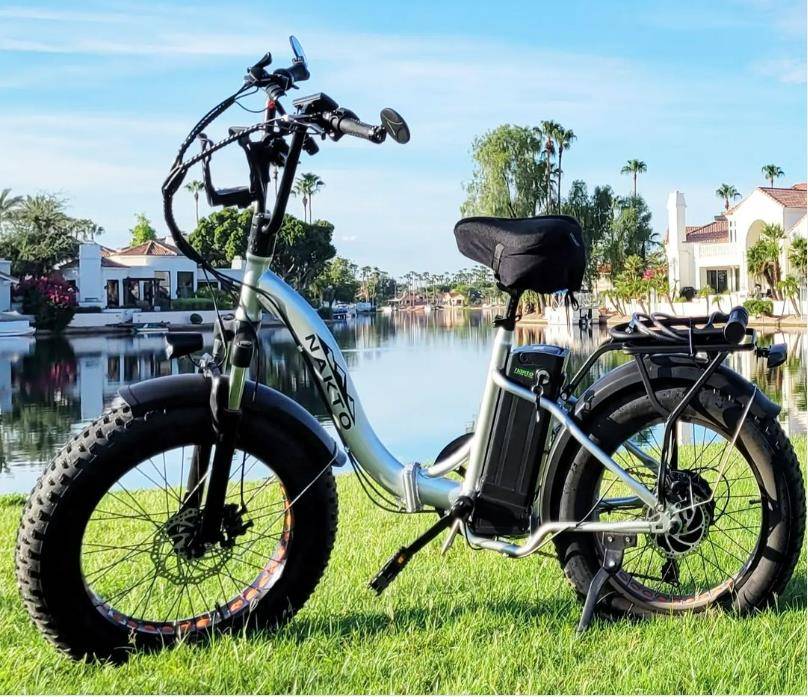
Conclusion
Depending on how you do it, cycling may be both a healthy and harmful type of exercise. Cycling may be a fun activity and a fantastic method to strengthen your knees if you ride with proper form, do your warm-up exercises, and select a bike that is a good fit for you.

